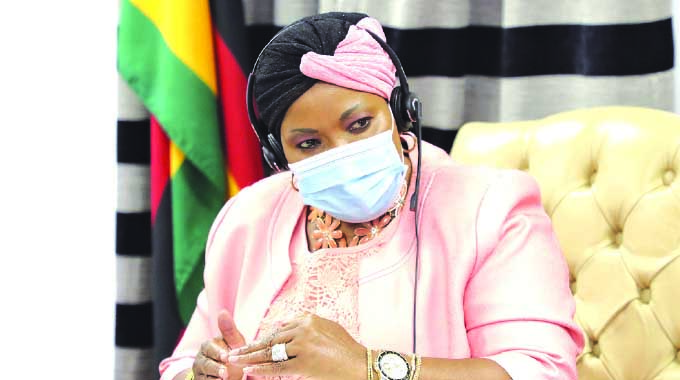EDITORIAL COMMENT: Solid economic fundamentals key

When business owners and those speaking for business sectors were asked as the year changed what their largest hopes and largest fears were, these tended to concentrate around the two related areas of inflation and availability of foreign currency.
And this is why a major, co-ordinated and national effort is needed this year to sort these out, and let the economy start reflecting the underlying fundamentals.
Monthly inflation plummeted when the foreign currency auctions were introduced around 18 months ago and after that huge initial fall continued to edge down, at least on the trend line which evened out the odd upswings and above average downswings.
But then monthly inflation started rising again. It is the general consensus that delays in processing the actual foreign currency transfers after the allotments on the foreign currency auctions created a degree of nervousness and that the delays also caused some businesses, especially those who had not built large stocks of materials, to dip into the black market.
There were other factors of course, some not nearly so understandable. Some of the larger players in the black market felt that they would make more money through manipulation, some people with fairly healthy Zimbabwe dollar holdings thought that currency speculation was an easier way of making money than investing their liquid cash.
The fundamentals remain sound. Since the start of the Second Republic, the Government has basically run its operations, which include a growing element of capital spending, with what amounts to a balanced budget.
This was something very new in Zimbabwe, in fact the first time this had been done since independence.
The second major fundamental, the balance of payments and the associated balance of trade, went positive a little while afterwards with more foreign currency flowing in Zimbabwe.
Combining the two threads of reform should have quickly created a fairly normal economy. There is the additional factor, the vast quantity of cash we had built up, mainly in bank accounts, during the deficit financing, electronic money printing in effect, since dollarisation.
The earlier piles of cash built up by earlier deficit financing had been destroyed in the end when hyperinflation destroyed the last remnants of the then Zimbabwe dollar.
This was eventually allowed to be fed through the system in the early days of the auctions and a fairly stable exchange rate was then achieved.
We need to remember the auction system is not all encompassing. It basically allows productive sectors of the economy who either do not export, or export a lot less than they import, to buy foreign currency they can prove they need to buy goods and services.
Looking at the first outline of foreign payments last year, we find Zimbabwe as a whole spent US$6,7 billion, with US$2 billion coming through the auctions.
A lot of the rest, in fact the bulk came from net-exporters buying what they needed with their own foreign currency, the average of 60 percent they can retain from their exports.
Some would have come from totally untainted other foreign currency holdings, and some would have been bought on the black market.
Many talk about the “parallel market” as something large and well-organised. It is neither, being dwarfed by official transactions and being a rather disorganised collection of dealings.
There is not even a “parallel rate”. The exchange rate in the black market, at present, covers a wide range of rates ranging from around $150 to US$1 to $230, roughly a 50 percent spread.
Much depends on who is selling or buying foreign currency, how people are in the chain before they deal, how much they want to buy or sell, how payment in both directions is effected and how desperate those who want to buy or sell are.
But that black market, and the near-worship it gets among some, causes a lot of trouble.
In addition to all this dealing, official and unofficial, is another factor, the large and growing reserves being built up in private foreign currency accounts.
It must by now be over US$1,8 billion and moving towards US$2 billion. Most of this money comes from retained export earnings.
A fair amount is in accounts for a relatively short time before being used to buy the next batch of imported inputs, or pay the dividends that foreign investors are totally entitled to, or buy the new machines to grow the business.
But some has been there for some time and is just like the talent buried in the ground, being neither spent nor invested. This tends to cause the stresses. While more foreign currency flows in than out, some gets buried.
So discussion that last year started a debate on how to get these buried talents used needs to progress further and either some of consensus achieved, or we need to look at other ways of how we manage our cash inflows.
The suggestions are many, starting with the radical proposal that we move into a normal national economy where all export earnings are converted to local currency on arrival for the exporters while all the foreign currency is then offered for sale on the auction, meaning importers and exporters bid together, but that nothing is buried.
This is what happens in almost all countries.
There are other, less radical suggestions, that limit how long retained export earnings can be hoarded or which set up systems that allow the buried talents to be lend or invested.
All these need to be studied and debated because we need to achieve balances in the economy so that inflation does continue down, to single figures, and those growing the economy through production do get the resources they need.









Comments